Archives
- 2025-12
- 2025-11
- 2025-10
- 2025-09
- 2025-03
- 2025-02
- 2025-01
- 2024-12
- 2024-11
- 2024-10
- 2024-09
- 2024-08
- 2024-07
- 2024-06
- 2024-05
- 2024-04
- 2024-03
- 2024-02
- 2024-01
- 2023-12
- 2023-11
- 2023-10
- 2023-09
- 2023-08
- 2023-06
- 2023-05
- 2023-04
- 2023-03
- 2023-02
- 2023-01
- 2022-12
- 2022-11
- 2022-10
- 2022-09
- 2022-08
- 2022-07
- 2022-06
- 2022-05
- 2022-04
- 2022-03
- 2022-02
- 2022-01
- 2021-12
- 2021-11
- 2021-10
- 2021-09
- 2021-08
- 2021-07
- 2021-06
- 2021-05
- 2021-04
- 2021-03
- 2021-02
- 2021-01
- 2020-12
- 2020-11
- 2020-10
- 2020-09
- 2020-08
- 2020-07
- 2020-06
- 2020-05
- 2020-04
- 2020-03
- 2020-02
- 2020-01
- 2019-12
- 2019-11
- 2019-10
- 2019-09
- 2019-08
- 2019-07
- 2019-06
- 2019-05
- 2019-04
- 2019-01
-
Piezo channels can be activated by many mechanical stimuli W
2021-11-12
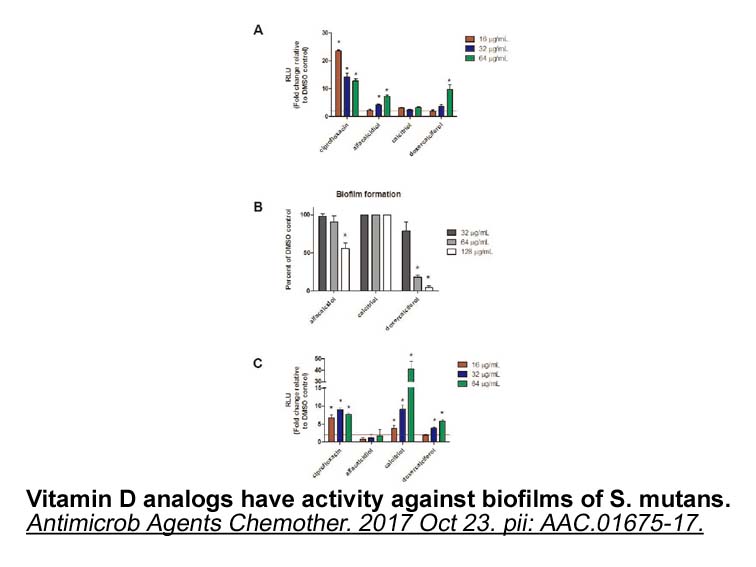
Piezo channels can be activated by many mechanical stimuli . While some of these stimulations directly mimic physiological forces experienced by CNQX synthesis , such as shear stress applied in a microfluidic chamber, the most commonly used modes of stimulation consist of stretching the membrane b
-
Therefore as it stands presenilin has a secretase independen
2021-11-12

Therefore as it stands, presenilin has a γ-secretase-independent role in regulating protein trafficking, proteolysis and degradation, however given that inhibition of γ-secretase activity can have a negative effect on protein trafficking [69], [98], we cannot exclude the possibility that some of the
-
br STAR Methods br Introduction Secretase is
2021-11-12
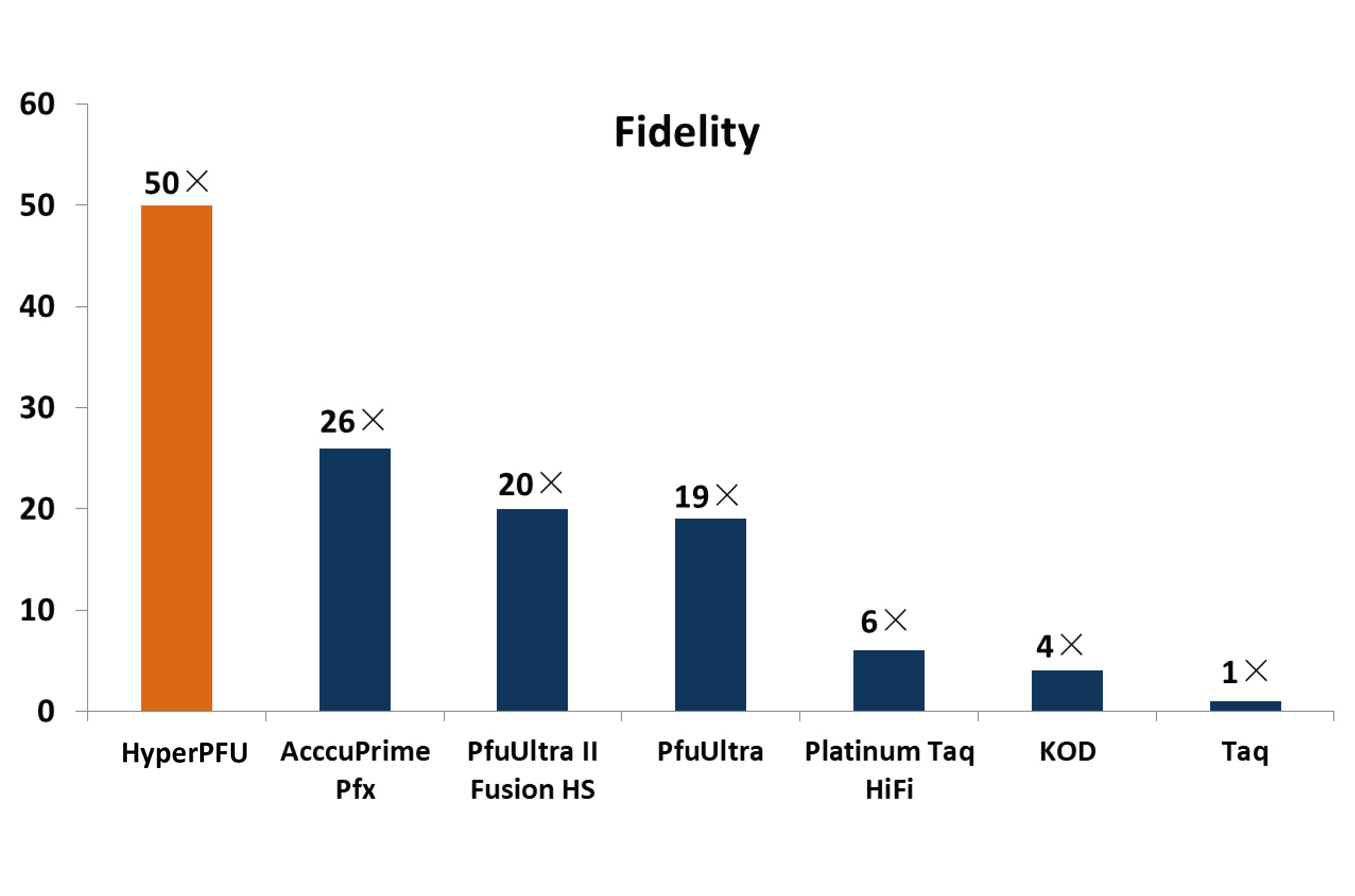
STAR★Methods Introduction γ-Secretase is a membrane-embedded proteolytic complex belonging to a diverse family of intramembrane-cleaving proteases and is composed of four integral membrane proteins: presenilin (PS), nicastrin (NCT), anterior pharynx-defective 1 (Aph-1), and presenilin enhancer
-
br Secretase modulators a loss
2021-11-12
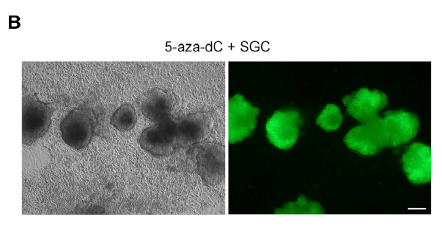
γ-Secretase modulators: a loss of pharmacology? A lack of translation from in vitro to in vivo pharmacology is an unresolved issue among most GSMs. R-flurbiprofen was tested in clinical trials, however, it did not achieve statistical significance on either of its primary endpoints – cognition or
-
br Development of calibrators and controls
2021-11-12
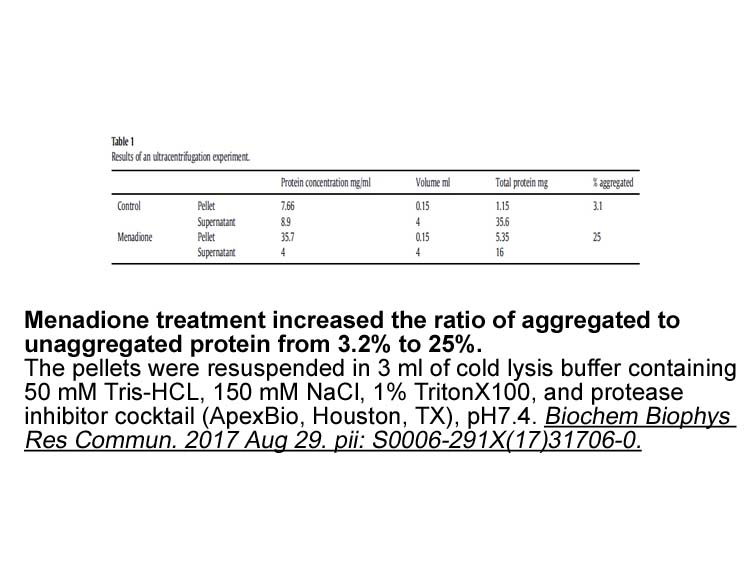
Development of calibrators and controls for DiXaIs Method validation and comparison with reference technique (LC:MS) At this stage, anti-Factor Xa bioassays can be established for reliably measuring DiXaI concentrations in plasma, with the available appropriate drug specific calibrators and co
-
The hyperacetylation of histone proteins
2021-11-12
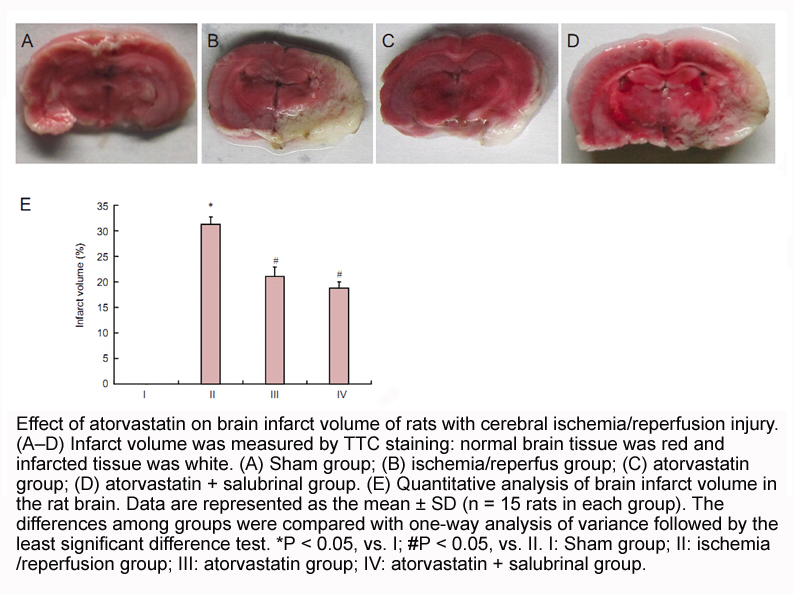
The hyperacetylation of histone proteins by HATs is known to be associated with gene activation [51]. In particular, p300, which is a transcription factor having HAT activity, links activators to the transcription machinery at promoters [52]. The p300/CBP complex dynamically regulates hundreds of di
-
Conflicting data concerning the involvement
2021-11-12
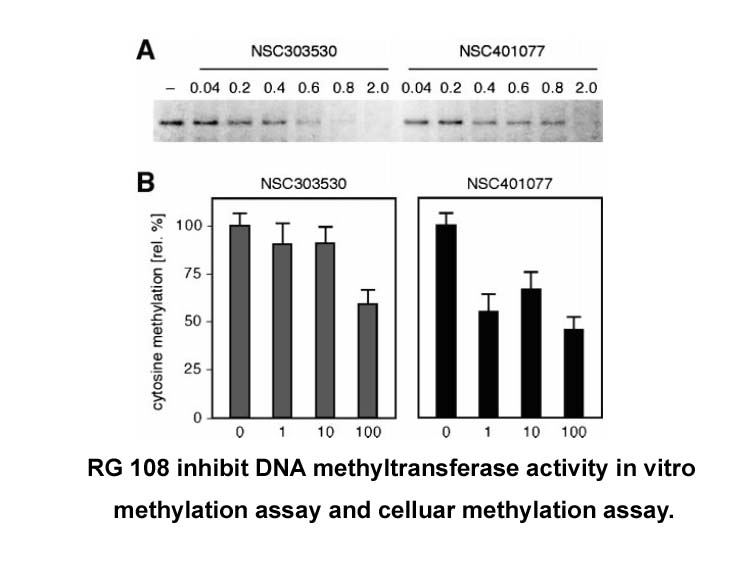
Conflicting data concerning the involvement of H2R on glycaemia has also arisen. Its antagonism was reported to decrease [35], not affect [36], [37] and increase [38], [39] arn-509 receptor levels. In comparison, the clinical experience with antipsychotic drugs generated clearer evidence for the in
-
There were hub genes identified by WGCNA among which KIBRA
2021-11-12

There were 11 hub genes identified by WGCNA among which KIBRA was the hub gene of the black module. The bioinformatics method is an effective and powerful tool to analyze mRNA MK1775 profiles and the related pathways. For instance, the lung cancer risk modules that were closely related to lung canc
-
fty720 Most hexokinases are widely expressed but distinct
2021-11-12
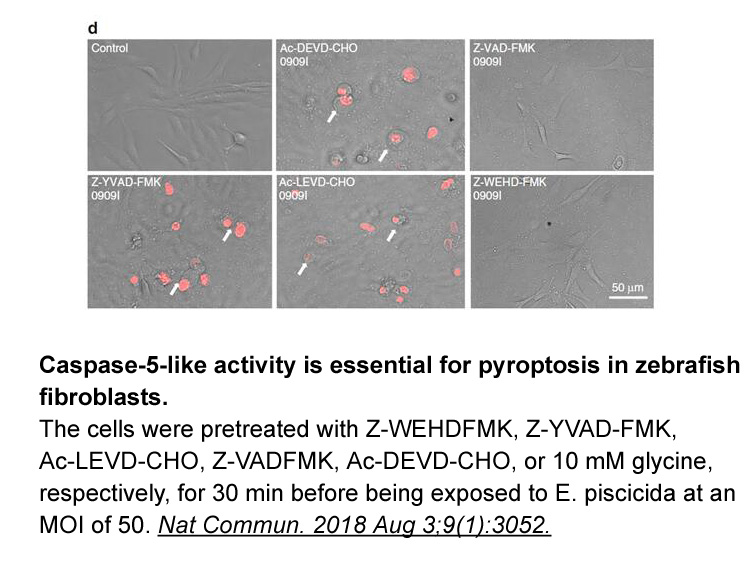
Most hexokinases are widely expressed but distinct hexokinases predominate specific tissues (Katzen and Schimke, 1965, Rogers et al., 1975). Hexokinase I is found in all mammalian tissues, but is most abundant in the fty720 and kidney (griffin et al., 1992). Hexokinase II is the primary hexokinase
-
In our study SHH protein overexpression was significantly
2021-11-12
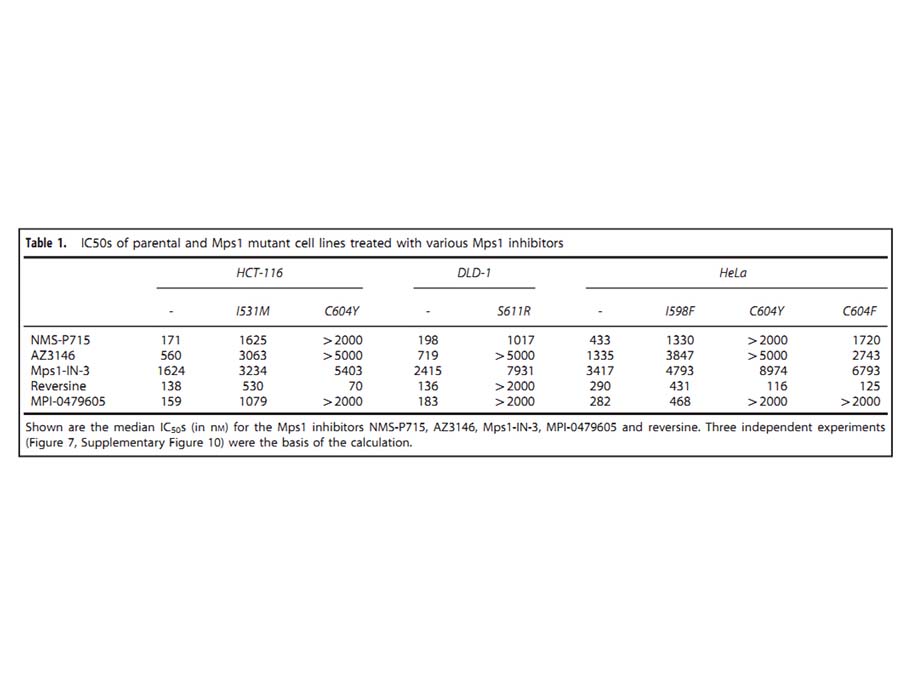
In our study, SHH protein overexpression was significantly associated with lymph node metastasis which is in agreement with the study done by Marechal et al. wherein they have reported that SHH is a prognostic biomarker in PDAC and high levels correlate with lymph node metastasis (Maréchal et al., 2
-
Most of the GSNOR inhibitors presented here were synthesized
2021-11-11
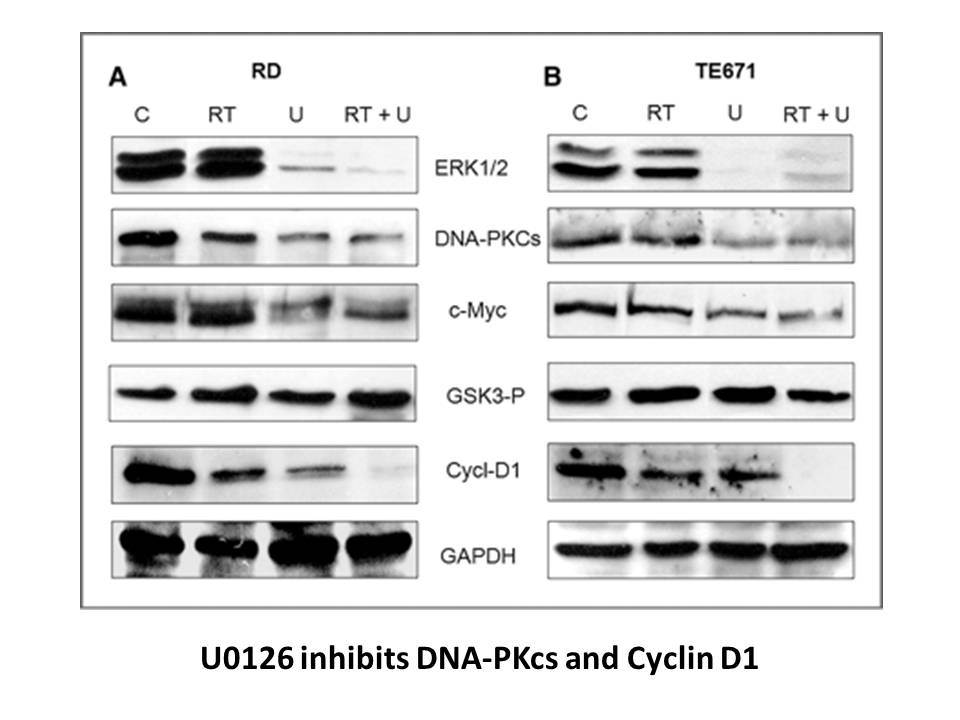
Most of the GSNOR inhibitors presented here were synthesized according to . The synthesis started from either commercially available ketones or the ketones prepared as described in the . In , condensation of ketone and 2-furanaldehyde provided intermediate in good yield. Furan ring opening of inte
-
Like tBHQ and DEM treatment of Keap MEFs with
2021-11-11
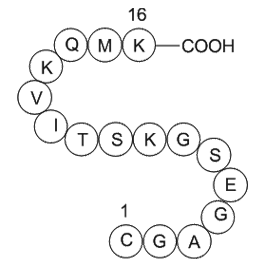
Like tBHQ and DEM, treatment of Keap1+/+ MEFs with SFN increased the abundance of Hmox1 and Nqo1 mRNA, and this was blunted by LY294002 and MK-2206 (Figure 2C). However, unlike the situation with tBHQ and DEM, treatment of Keap1−/− MEFs with SFN did not increase further the elevated basal levels of
-
PD128907 HCl synthesis Recent evidence suggests that HCA can
2021-11-11
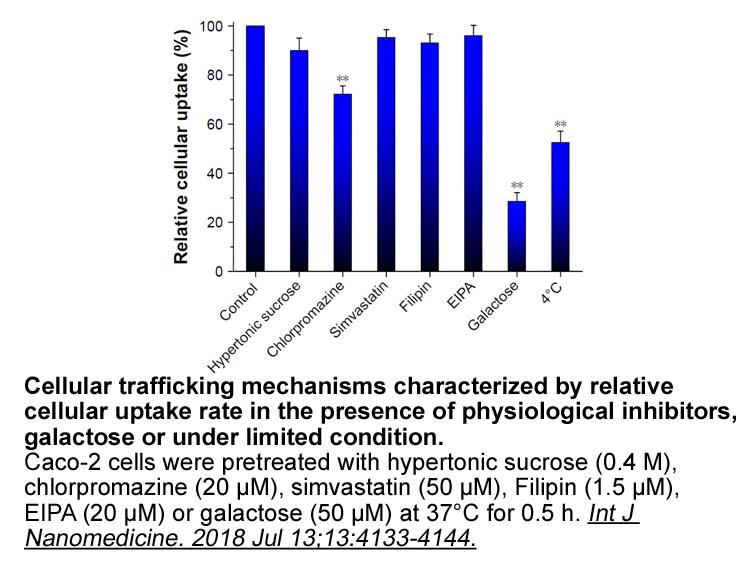
Recent evidence suggests that HCA2 can also mediate antineuroinflammatory effects [63]. Studies in this field were initiated when monomethyl fumarate, the metabolite of DMF, was shown to be an agonist of HCA2[5]. DMF at the same time was shown to not only have beneficial effects in the treatment of
-
Indeed it was shown further
2021-11-11
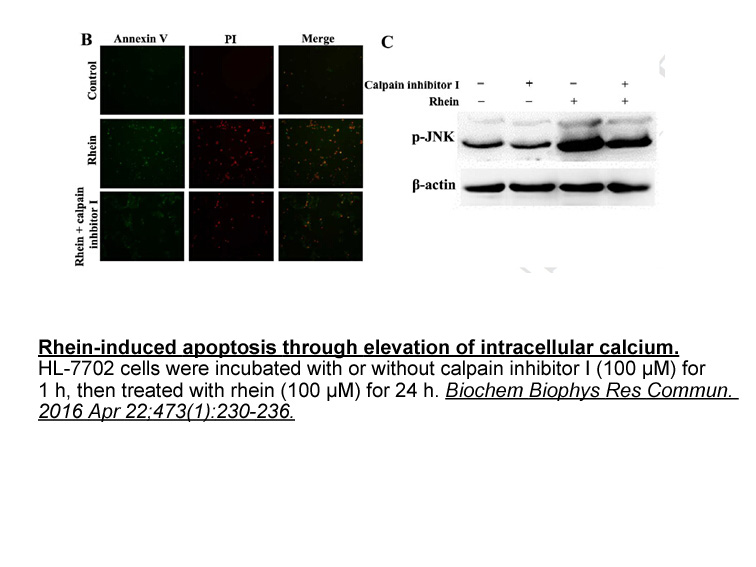
Indeed, it was shown further in VSV G that the H80A mutation, and the E123L and D121L double mutation, which both abolish VSV G fusion properties, were rescued by the same compensatory Q112P mutation. In a single FD, residue 112 is located on the opposite side of the three-stranded β-sheet and is fa
-
br Cell origin The ontogeny of astrocytes in
2021-11-11
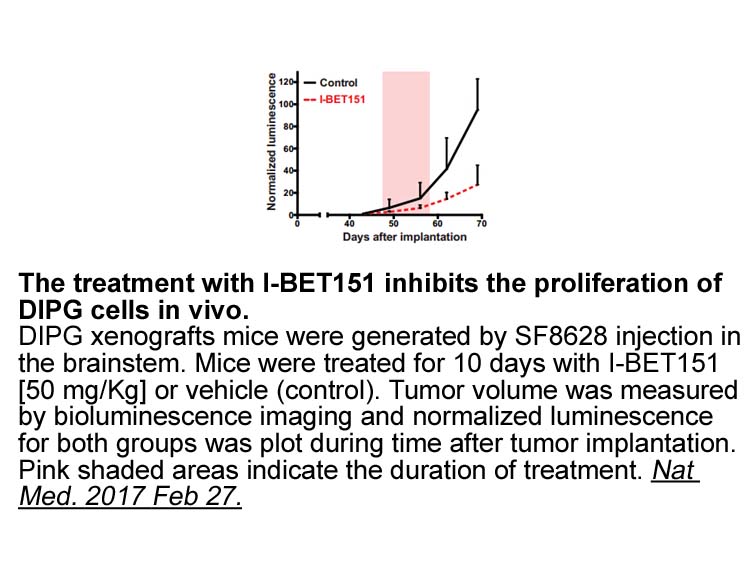
Cell origin The ontogeny of astrocytes in vitro has been investigated in detail; Raff et al. (1983) characterised two types of astrocytes: type 1 being fibroblast-like in morphology and poorly labelled with a monoclonal antibody (AB25), whereas type 2 exhibited oligodendrocyte or neuron-like morp
15257 records 520/1018 page Previous Next First page 上5页 516517518519520 下5页 Last page